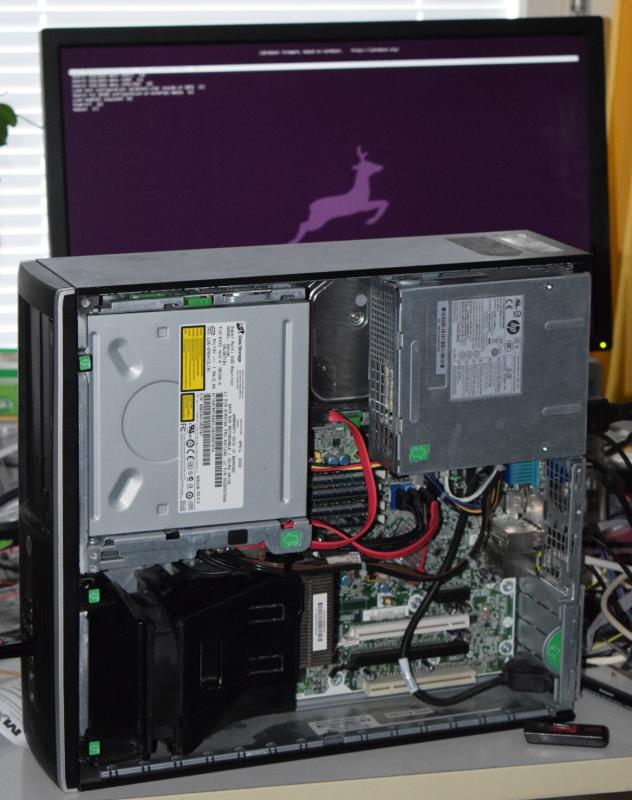Introduction
============
Libreboot has support for this, in the Git repository and release versions
from 20230423 onwards.
Brief board info
----------------
HP Elite 8200 SFF is a small-form-factor desktop of Intel Sandybridge platform
which you can read more about here:







